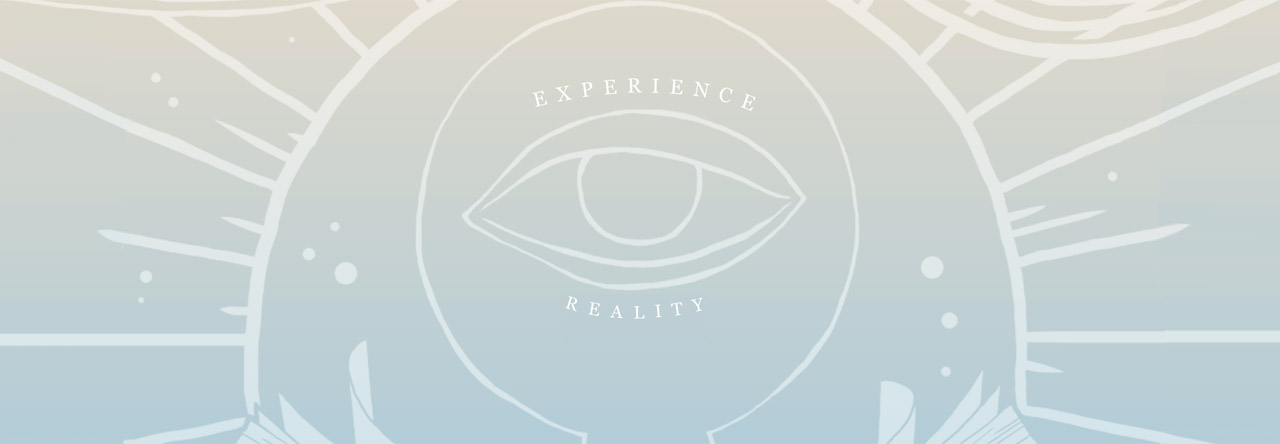
BeanFruit is something that everybody at Lemuria is really excited about. In this blog post we’re going to tell you a little bit about our own experience with BeanFruit coffee.
First, here’s Joe:
I know the exact day I met Paul Bonds. It was April 26 and I was selling books at a Millsaps event. Paul was there giving away coffee samples and once the event started and the crowd cleared out I made my way over to check it out. Two things – one, love at first sip, the coffee is amazing. Two, Paul is a great guy, unassuming, and the best representative for a coffee roasting company that I could imagine. Basically Paul is a coffee genius – sometimes when I’m drinking coffee I try to think of any coffee related questions I can imagine, but I can’t stump Paul. Not only does he have an answer, but he patiently explains things over and over until I get it – he’s a great teacher. One final thing – I keep telling Paul that he has changed my life but he just shrugs me off. But seriously – everyday I get to wake up to the purest, freshest (he stamps the roasting date on each bag) most lovingly picked and roasted cup of coffee imaginable. Pretty great.
Here is a little blurb to tell you more about BeanFruit:
BeanFruit Coffee Company is small roasting company located in Flowood, Mississippi. They select & roast high quality coffee from around the globe. BeanFruit Coffee Co. is Mississippi’s only Fair Trade Certified roaster & primarily works with small farms and/or Fair Trade farms ensuring that the producers at origin receive a fair price for their coffee. They focus on offering high quality Single Origin/Single Estate coffees. BeanFruit Coffee Co. believes in keeping the spotlight on the coffee farmers where it is rightly deserved & works diligently to build a connection between the producer and the end consumer.

BeanFruit Coffee has a heart for the local & international community. They donate 15 cents of each pound of green coffee purchased to We Will Go Ministries in downtown Jackson, Mississippi & Grounds for Health a non-profit who provides cervical cancer screenings & treatment for women of coffee producing countries. Paul, the roaster at BeanFruit Coffee, believes that every cup of coffee we enjoy tells a story about a country, a person, their hard work and sacrifice. Hence their motto: Coffee. Character. Cause
 Lisa: I was not a coffee drinker until I drank BeanFruit. So not only has the world of coffee been opened up for me, but I have forever impressed my sweetie with a new coffee. Right now, Lemuria is really busy and we had a late night with David Sedaris. All I can think is that I wish I had a cup of BeanFruit. But that we’ll be remedied, at least for tomorrow. Paul will be setting up a coffee tasting bar in Banner Hall right outside of Lemuria. You can learn all about the coffee and taste the different beans. Lemuria is also proud to announce that on Saturday we start selling BeanFruit Whole Bean Coffee in the store.
Lisa: I was not a coffee drinker until I drank BeanFruit. So not only has the world of coffee been opened up for me, but I have forever impressed my sweetie with a new coffee. Right now, Lemuria is really busy and we had a late night with David Sedaris. All I can think is that I wish I had a cup of BeanFruit. But that we’ll be remedied, at least for tomorrow. Paul will be setting up a coffee tasting bar in Banner Hall right outside of Lemuria. You can learn all about the coffee and taste the different beans. Lemuria is also proud to announce that on Saturday we start selling BeanFruit Whole Bean Coffee in the store.
Join us and Paul at the coffee tasting bar in Banner Hall on Saturday from 10:30 – 3:00. See you there!
Click here to learn more about BeanFruit Coffee.


 I had been working at Lemuria about two and a half years when I met Barry Moser on December 7, 1999, a date which will live in infamy. John and Barry had been friends for years and John had been preparing the staff with lots of great anecdotes before Barry’s arrival.
I had been working at Lemuria about two and a half years when I met Barry Moser on December 7, 1999, a date which will live in infamy. John and Barry had been friends for years and John had been preparing the staff with lots of great anecdotes before Barry’s arrival. I had somehow lucked into the position of writing up most of the author interviews for the store newsletter, so John arranged for Barry and me to spend a little extra time together to facilitate the interview.
I had somehow lucked into the position of writing up most of the author interviews for the store newsletter, so John arranged for Barry and me to spend a little extra time together to facilitate the interview.







 Here is a book that I really liked, but haven’t written anything about.
Here is a book that I really liked, but haven’t written anything about. 



















